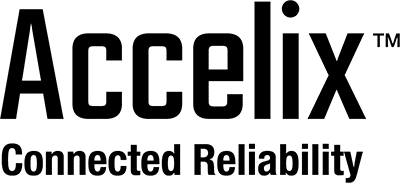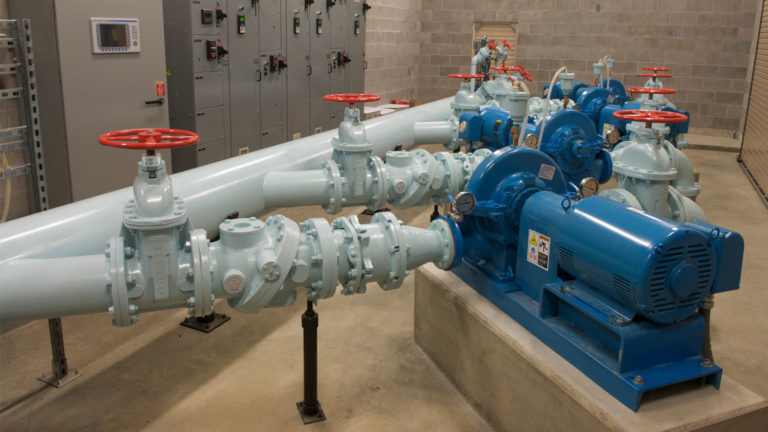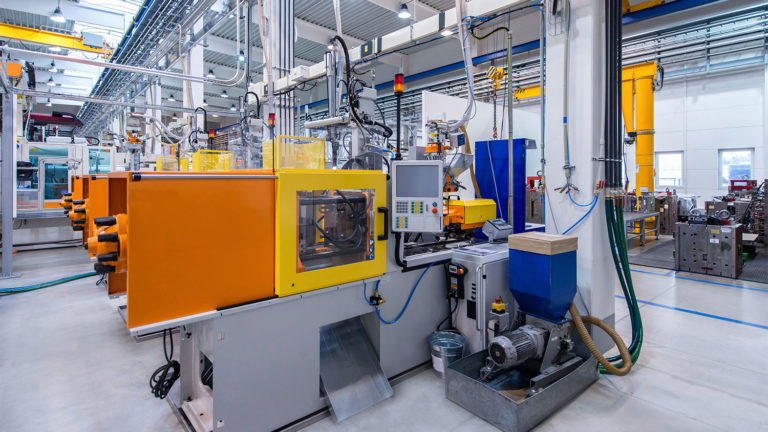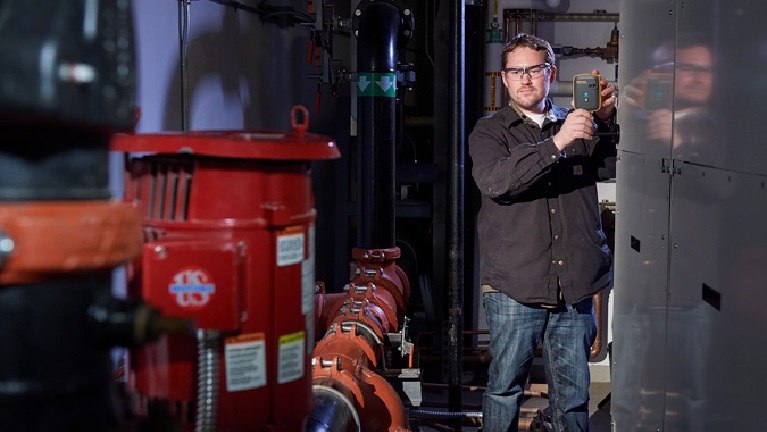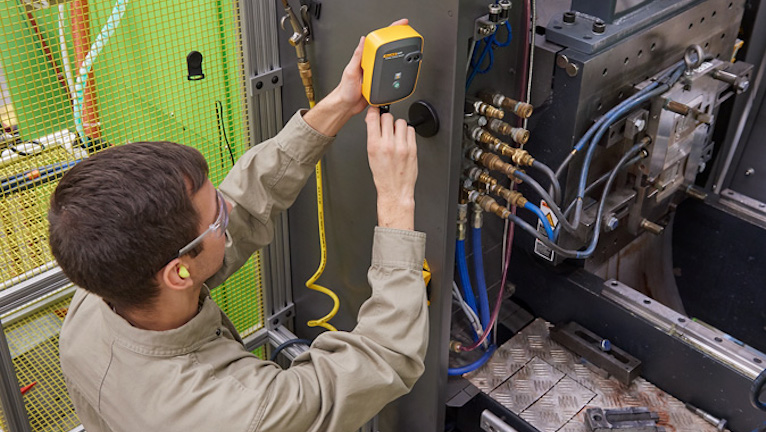Manufacturing industry is primed to digitalize
By Ankush Malhotra
At the start of 2021, I took part in a panel discussion with Keith Larson, Editor at Control magazine and Publisher at Putman Media. His team did some excellent research into the pace of manufacturing digitalization in 2020 compared to prior years. I’ve included links below to our webinar and the 2020 State of Initiative Report by Smart Industry magazine.
Needless to say, the conversation provided incredible food for thought. Here are my takeaways about the digitalization progress we can expect in 2021 and where our priorities lie.
2020 forced a sense of urgency
Right after the pandemic hit, everything slowed as people came to grips with how to take care of themselves, their families, and their employees while still getting essential work done.
Soon, however, we saw digital initiatives begin to fast-track. Many industry execs tell me they’re now responding to business needs 10-times, even 20-times faster than before the crisis.
I saw two phases of technology deployment in 2020. The first phase involved changing to remote work, migrating digital assets to the cloud, and applying more advanced technologies to operations. That effort sharpened the lens for identifying what additional innovations and adjustments were necessary and how they would benefit business.
Before the pandemic, businesses would pilot new technology, prove the ROI, and then attempt to scale it. That model still exists, but now there’s a much higher urgency to prioritize experiments that increase efficiency and boost operations in an uncertain environment.
For some industry verticals, especially those on the COVID-19 front lines such as healthcare, pharmaceutical, and food and beverage, downtime is not an option. An entire plant is under intense pressure to figure out how to react faster and increase uptime.
Outside of those industries, companies with a solid digitalization plan have weathered the crisis best, and that’s forcing others to take action.
For the C-suite in particular, digitalization is no longer a choice. It has to get done. The question is, where do you focus, and how do you get to the business impact more quickly.
Getting digitalization in motion
Where and how to start digitalization are key considerations. I still advise starting small and then scaling, but the use case is the most critical driver.
Put the time into developing a strong use case with a clear path to ROI and the potential for immediate impact. The sooner you can show convincing proof of concept, the more buy-in and support you will get for scaling the solution.
During my discussion with Keith, we surveyed the audience about where they were on their digitalization journey. About 57% of people said they saw some (or a lot of) success with their company’s digitalization efforts, while 30% had experienced challenges but were not giving up. That’s great and the correct approach. Don’t be deterred by failure—see what the learnings are and give it another try. It’s just a matter of time until you see the benefits of your efforts.
How work is changing
Digitalization has introduced new tools and workflows, increased use of mobile and other devices, and supported a significant influx of remote technologies. All these additions have gradually increased acceptance and changed how maintenance and reliability people do their jobs.
A large portion of maintenance work today is route-based, which I don’t see going away. But what is changing is the percentage of time people spend firefighting. With the greater emphasis placed on using sensors and online tools, technicians are finally starting to get a digital pulse for their machines.
Don’t get me wrong: Data has always been collected and used throughout an industrial plant. The difference is, we are leveraging it better now. We are getting higher quality data targeted on critical machines and processes, providing the team with deeper insights to make more informed decisions. This visibility is helping technicians become more proactive and reduce the time they spend firefighting.
For example, Fluke Reliability recently partnered with the technology company Everactive, makers of innovative battery-free sensors. The need for frequent sensor battery changes can limit a maintenance team’s data-collection options if the desired sensor location is difficult to access. Everactive’s battery-less technology will provide our customers an extra advantage when planning their data capture. Better data, more insights, fewer surprises.
Mobile devices will continue to be an essential part of how we interface with that data. I genuinely see technicians and engineers being guided by their mobile devices: where they spend their time, what they must focus on, what next step to take, what repairs to do, how they collaborate, how they get information instantly, etc.
Delivering our expertise remotely
Our team at Prüftechnik has experienced many of these same changes hastened by the pandemic.
Traditionally, our service team would get on a plane with their alignment equipment, go to the customer site, and spend days or weeks performing service work.
But in 2020, we heard from a large power plant in the Middle East that we just couldn’t get to in person due to all of the restrictions. So, we shipped our alignment equipment to the customer along with some hands-free video technology that utilized augmented reality (AR). Via a remote connection, our subject-matter expert observed what the customer was seeing, guided them through using the alignment tools, identified the root cause, and solved the problem.
It’s been great to see the strides made in both our ability to offer complex remote service and our customers’ acceptance of the new workflows. A year ago, this would have been unthinkable! The innovation and resilience of our teams have been incredible.
Meanwhile, our eMaint CMMS business has partnered with NavVis, a digital twin innovator based in Germany, to integrate its spatial intelligence technology into our CMMS. The NavVis technology provides technicians and engineers a 360-degree view of their plant from any location, plus considerably greater context for a work order. Technicians can evaluate the environment remotely, plan the job, and be more prepared.
We expect to see more extensive use of tools and technologies such as AR and spatial intelligence. There will continue to be situations where travel may not be optimal, and uptime is essential. We must think about leveraging our skill sets and technology to get the job done successfully, but differently.
A few last thoughts
The more integrated we can make the flow of machine health information between systems, such as into a CMMS and out to mobile devices, the more agile and confident organizations will become. Key is making sure the right data is available, and the data flow seamless.
When we propose new solutions to our customers, their first question is how they make the latest technologies fit with what they already have. Nobody wants yet another data island or silo.
Thankfully, many organizations are partnering to address this problem. At Fluke Reliability, we believe in collaborating with other organizations to get data where it needs to be; sometimes, it can take a village to get new maintenance practices up and running. We want to avoid scenarios where customers must sort through multiple panes of data to collect information. Industry alliances should create robust solutions that are easier to use and accomplish more in less time.
The democratization of maintenance technology–where it becomes less expensive, easier to use, and more broadly adopted–is happening. Wireless sensors provide a great example: their cost has come down, applicability has gone up, strength and performance have improved, and now they can be battery-less.
These are challenging times, but also exciting times.
So, sharpen those use cases and pick the technology with the best, most immediate impact on your processes. If these new technologies allow us to become more proactive, let’s take the advantage and run with it.
Ankush Malhotra is President of Fluke Reliability. Previously Vice President and General Manager of Fluke Reliability, he has been with the Fluke Corporation since 2006.
